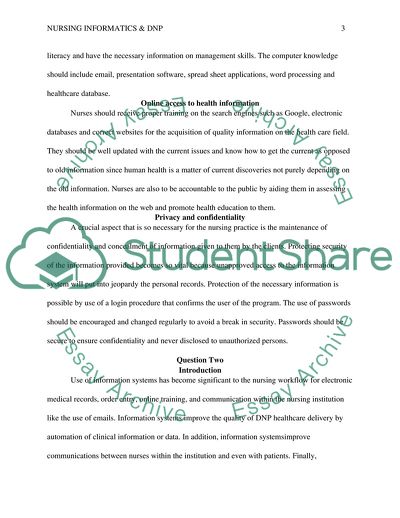Cite this document
(Not Found (#404) - StudentShare, n.d.)
Not Found (#404) - StudentShare. https://studentshare.org/medical-science/1867495-nursing-informatics-online-access-to-health-information
Not Found (#404) - StudentShare. https://studentshare.org/medical-science/1867495-nursing-informatics-online-access-to-health-information
(Not Found (#404) - StudentShare)
Not Found (#404) - StudentShare. https://studentshare.org/medical-science/1867495-nursing-informatics-online-access-to-health-information.
Not Found (#404) - StudentShare. https://studentshare.org/medical-science/1867495-nursing-informatics-online-access-to-health-information.
“Not Found (#404) - StudentShare”. https://studentshare.org/medical-science/1867495-nursing-informatics-online-access-to-health-information.


